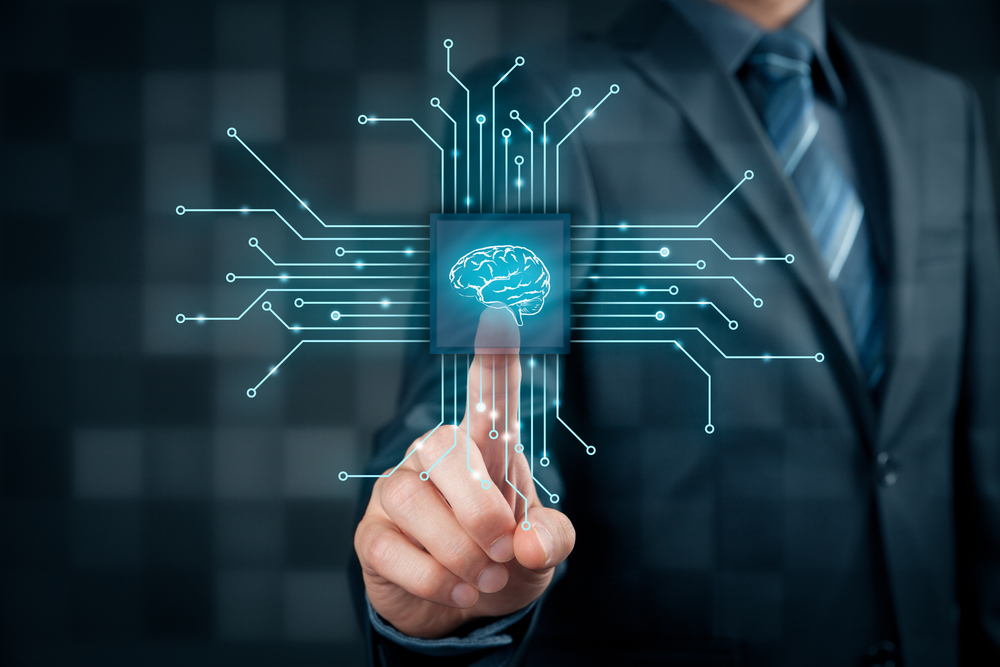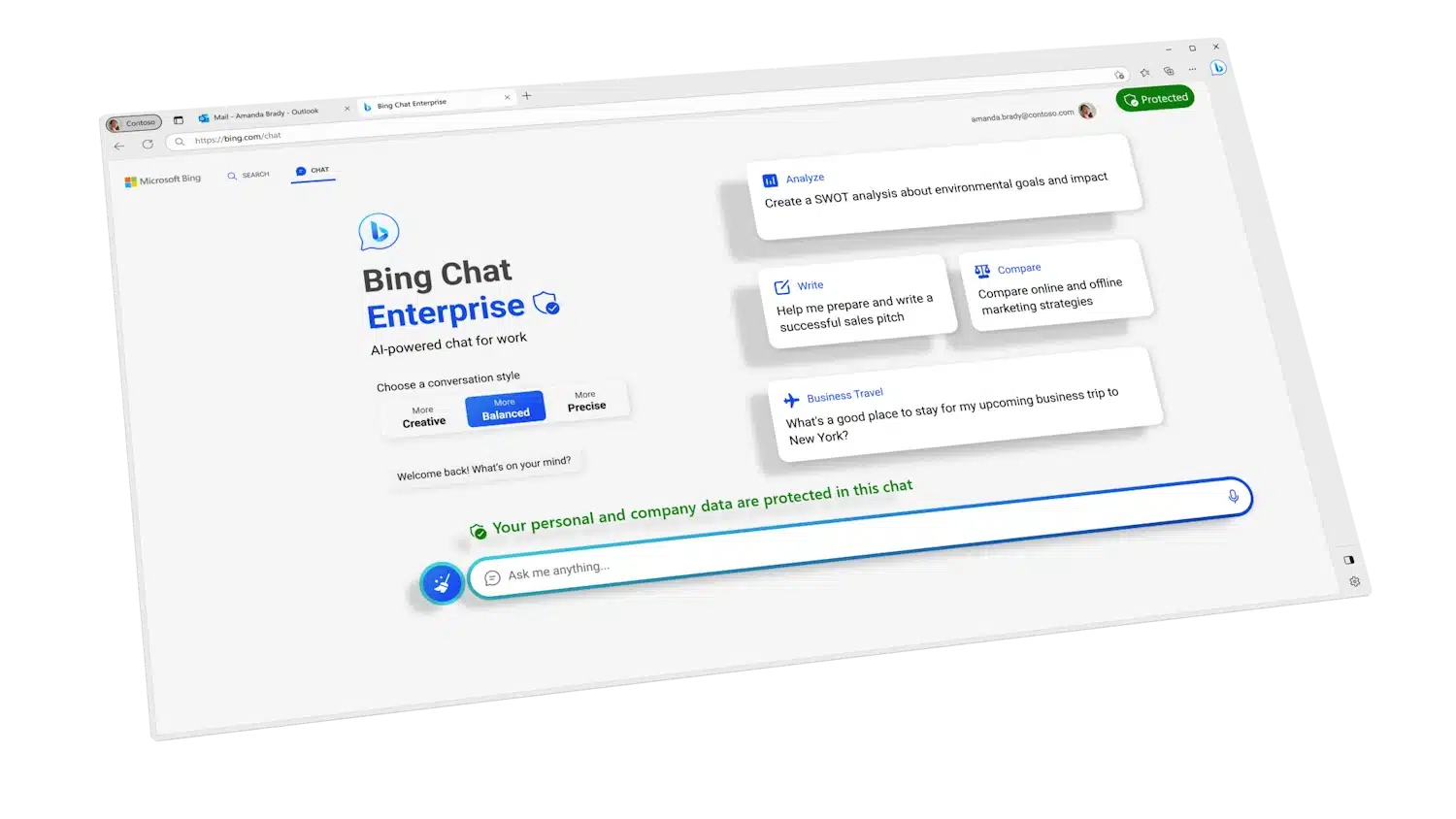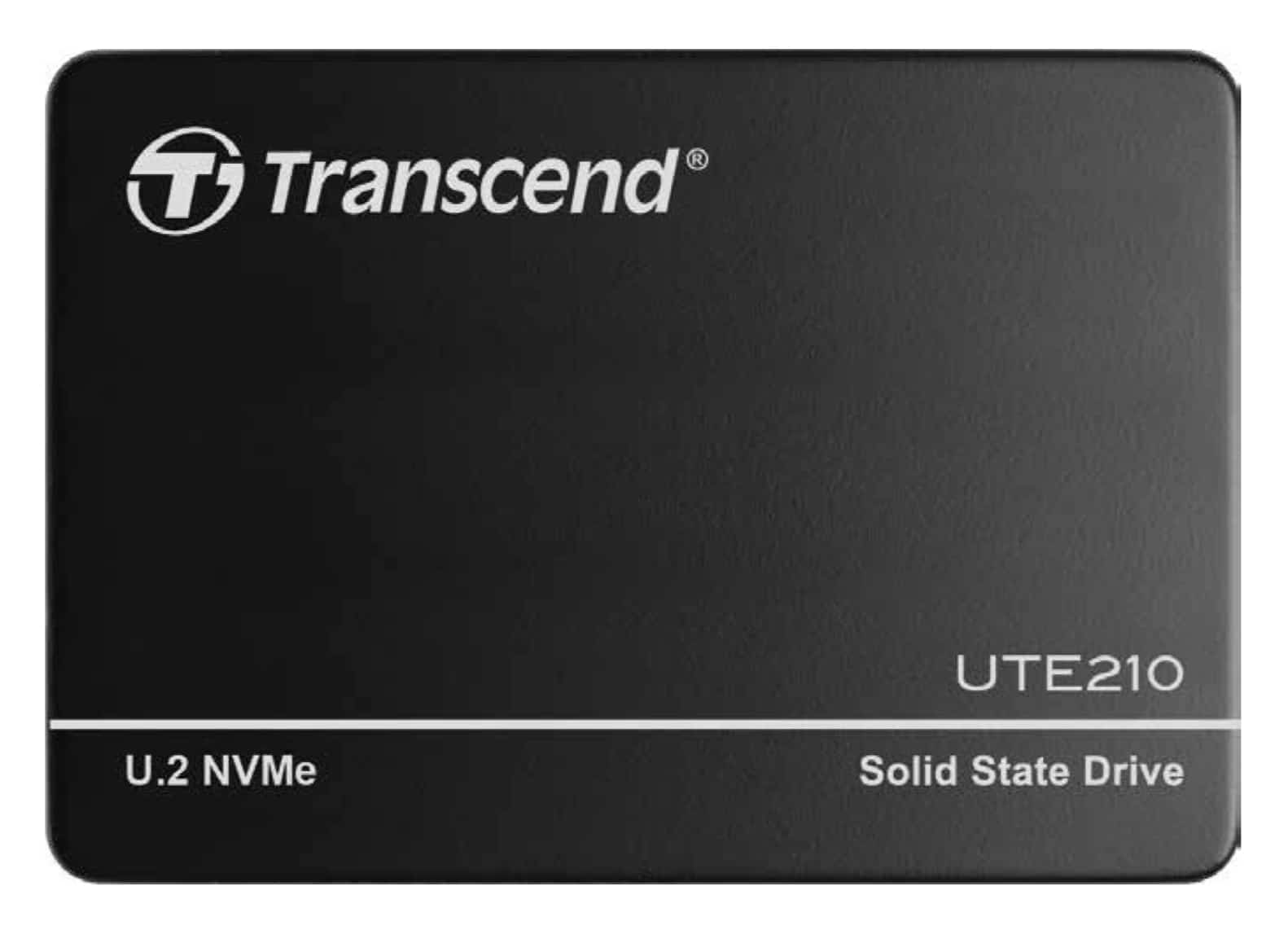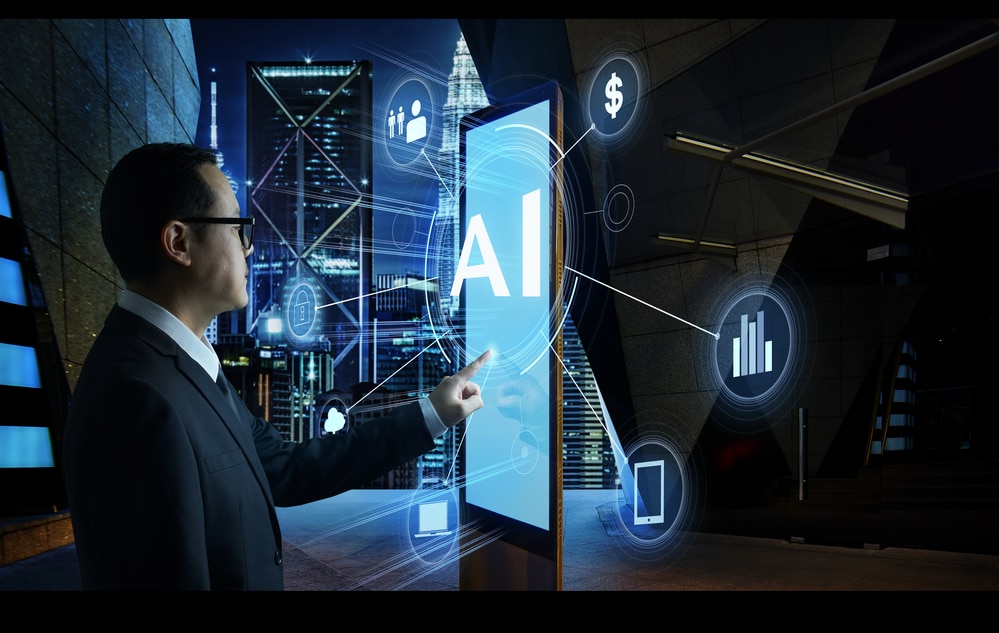
How AI and automation have helped adapt to changed customer behavior [Q&A]
We're continuing to feel the effects of the COVID-19 pandemic in many areas, not least in the impact that it’s had on consumer behavior.
In order to cope with the shift in the way that people interact with businesses many have turned to increased automation and use of AI. We spoke to Sateesh Seetharamiah, CEO of enterprise automation specialist Edgeverve, to find out more about these changes and what they mean for the longer term.

AI solutions for IoT security: How Artificial Intelligence protects low-resource devices
IoT devices are created to perform specific functions, so their technical specs are naturally quite limited. They are unlike smartphones or tablet computers that come with powerful processors and large data storage. Putting traditional security mechanisms like encryption and intrusion detection systems on these devices is impractical. Installing full-fledged security solutions in them is out of the question, let alone AI-powered systems.
However, this does not mean that AI cannot be used to secure IoT devices or entire IoT ecosystems. Here’s a rundown of how AI solutions for IoT are harnessing the benefits of AI to protect IoT and other low-resource devices, including actuators, sensors, wearables, and microcontrollers.

Over half of AI open source projects contain vulnerabilities
New research shows 52 percent of the top 100 AI open source projects on GitHub reference known vulnerable open source software packages.
The report from Endor Labs explores emerging trends that software organizations need to consider as part of their security strategy, and risks associated with the use of existing open source software (OSS) in application development.

NVIDIA technologies enable Saildrone to navigate the oceans with AI
Saildrone, a Bay Area startup, is redefining oceanic exploration and data gathering with its innovative use of autonomous uncrewed surface vehicles (USVs). With an impressive track record that includes tracking North Atlantic hurricanes, discovering underwater mountains, and mapping the world’s ocean floor, Saildrone is revolutionizing the way we interact with our oceans.
This game-changing technology utilizes a broad array of sensors in its USVs, with the data they gather processed by NVIDIA Jetson modules for efficient AI at the edge. The company is currently optimizing their prototypes with NVIDIA DeepStream software, a leap forward in intelligent video analytics.

Data bias -- the hidden risk of AI and how to address it [Q&A]
Artificial intelligence is generally only as good as the data that it's trained on. However, when data is collected and used in the training of machine learning models, the models inherit the bias of the people building them, producing unexpected and potentially harmful outcomes.
We spoke to Matthieu Jonglez, VP, technology at Progress, to discuss the company's recent research around this topic and what organizations can do to reduce bias.

Microsoft 365 Copilot is going to be costly for enterprise and business AI users
As Microsoft, like just about every other technology company, continues to embrace artificial intelligence, there is a lot of interest in the slew of AI-powered tools that are emerging. One of the most intrigue-inspiring tools is Microsoft Copilot.
We've already seen signs of this generative AI utility in the preview builds of Windows 11, and while there is a great deal of anticipation from home users, Microsoft is setting its sights on businesses and the enterprise. At its Inspire 2023 event, the company has revealed more about its plans, including details of pricing.

How do you solve privacy issues with AI? It's all about the blockchain
Data is the lifeblood of artificial intelligence (AI), and the power that AI brings to the business world -- to unearth fresh insights, increase speed and efficiency, and multiply effectiveness -- flows from its ability to analyze and learn from data. The more data AI has to work with, the more reliable its results will be.
Feeding AI’s need for data means collecting it from a wide variety of sources, which has raised concerns about AI gathering, processing, and storing personal data. The fear is that the ocean of data flowing into AI engines is not properly safeguarded.

AI: Good or bad for the cyber threat landscape?
In recent months, the buzz surrounding AI technology has grown rapidly, due in large part to the release -- and subsequent zeitgeist moment -- of ChatGPT. A chatbot fueled by language modeling AI technology that is free to the public, ChatGPT has been the subject of seemingly endless discourse regarding its implications since its launch last November.
This type of AI technology is convincing and well… intelligent. It’s almost like a contemporary iteration on the concept of a search engine -- you can type in a prompt, and within moments you’ll receive a well-articulated, seemingly accurate response pulling from sources all over the web.

How Artificial Intelligence enhances mergers and acquisitions
The use of artificial intelligence (AI) is transforming how tech assets are evaluated for mergers and acquisitions (M&A) through more efficient, accurate, and predictive analyses.
M&A involves complex activities across multiple phases, requiring cohesive cooperation within a competitive timeframe. However, technologies like AI and data analytics have emerged as crucial drivers for successful M&A transactions. As Kevin Knoepp, operating partner and CTO at Trilogy Search Partners, notes, these tools significantly accelerate each step of the M&A process.

Economic uncertainty drives digital transformation efforts
Enterprises plan to invest $33 million in digital transformation projects in the next 12 months, according to a survey of 600 senior IT decision makers.
But the research, from database platform Couchbase, also finds a shift in priorities. 78 percent of IT decision makers confirm their main priorities for transformation have changed in the last three years, and 54 percent say their digital transformation focus has become more reactive to market changes and customer preferences, in order to help the wider organization stay agile.

AI will outperform the average hacker in five years -- say hackers
The latest 'In the Mind of a Hacker' report from Bugcrowd, which includes responses from 1,000 white hat hackers across 85 countries, finds 55 percent saying that generative AI can already outperform hackers or will be able to do so within the next five years.
But despite this, hackers aren't especially worried about being replaced, with 72 percent saying that generative AI will not be able to replicate the creativity of human hackers.

Next gen SIEM: Unleashing the power of AI in cybersecurity
AI has been in the news over the past several months, but not everyone is welcoming it excitedly. Many renowned tech personalities have expressed their concerns over the risks associated with it and there are valid fears about artificial intelligence doing more harm than good. For example, there have been reports of AI helping cybercriminals produce less detectable malware.
It is reassuring to know that cybersecurity is among the early adopters in harnessing the benefits of artificial intelligence. Cybersecurity firms have been developing ways to integrate AI into their detection, mitigation, and prevention capabilities. Next gen security information and event management (SIEM), in particular, is gaining traction as organizations try to keep up with the growing aggressiveness and complexity of cyber threats.

Transcend UTE210T is a next-gen U.2 NVMe SSD tailored for AI and big data
M.2 solid state drives are very common, but U.2 NVMe SSDs? Not so much. And so, the announcement of such a drive can be an exciting affair. With that said, today, Transcend has done exactly that. Yes, the company has unveiled a new U.2 NVMe SSD. Called “UTE210T,” the 2.5-inch drive is specifically crafted for use in generative AI, high-performance computing (HPC), and big data analytics.
At the heart of the UTE210T lies the 112-layer 3D NAND flash, an 8-channel controller, and a PCIe Gen 4x4 interface. The combination of these elements make up an SSD that offers blazing-fast sequential R/W speeds of up to 7,200/6,500 MB/s. This, in turn, grants your systems low latency, minimal power consumption, and reliable performance.

Preparing the workforce for AI [Q&A]
Artificial intelligence isn't all that new, but recently the availability of tools like ChatGPT has catapulted it into the public consciousness. When it comes to introducing AI in the workplace though it's inevitable that some people will perceive it as a threat.
We talked to Khadim Batti, Whatfix CEO and co-founder, to discover how enterprise leaders can prepare their workforces for AI and overcome the challenges that it presents.

Microsoft begins rolling out its AI-powered Copilot for Windows 11
Back in May, at its Build developer conference, Microsoft announced a new Copilot feature which is designed to bring the power of AI to Windows 11.
At the time, the company said that the feature would be made available in preview form in June, and today it finally arrives for Windows Insiders in the Dev Channel. To try it out, you will need to be running Build 23493 and Microsoft Edge version 115.0.1901.150 or higher.
